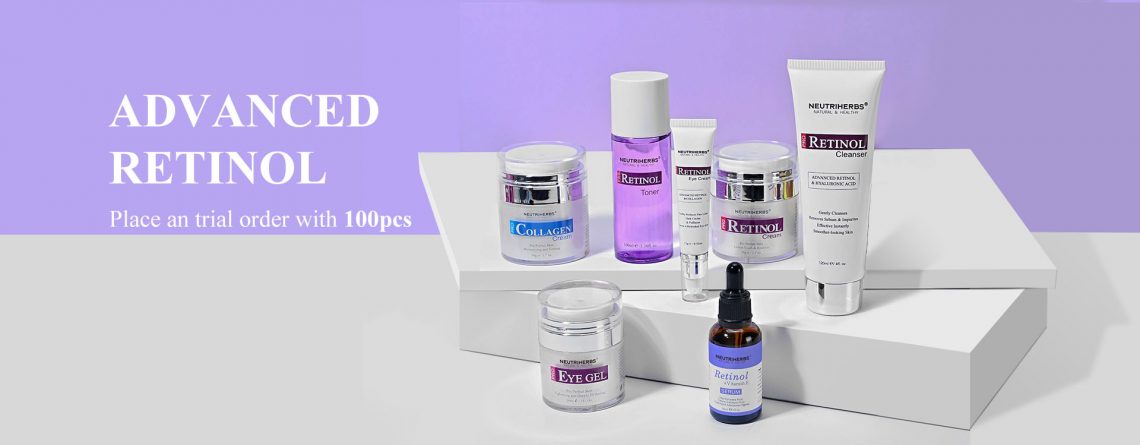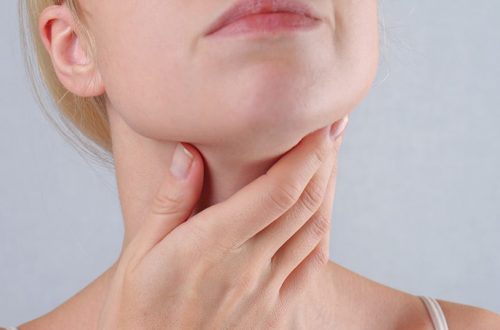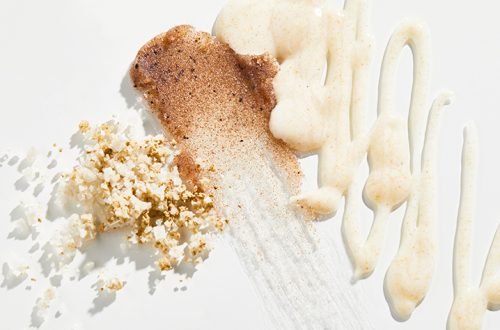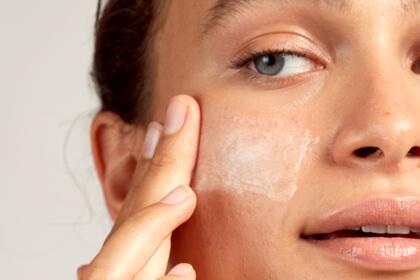
Anti-ageing treatments. How to counteract the signs of ageing
Prevention is undoubtedly the cornerstone on which to base the fight against ageing. If started well in advance, this allows you to postpone and greatly slow down the start of the natural deterioration process of the skin.
Knowing the characteristics of your skin is the first step to taking care of it in the right way and, although many tend to approach anti-ageing treatments at a more advanced age, it is important to acquire a certain awareness from the past-adolescence period: a good skin check-up around the age of twenty seems premature, but it can be decisive, allowing specific and personalised programs, which act immediately on the weak points of the skin.
Low sebum levels, for example, combined with excessive sun exposure, could trigger premature ageing of the face and should therefore be countered in the right way. Once you have established the type of leather and its needs, you can then examine the different options and choose the most suitable one.
Assessments which, of course, should be made with the support of a specialist doctor. But what are the most valid treatments and techniques available to us? There are some effective both in the home and professional, to be combined with the use of specific products that support the benefits.
Exfoliation
The exfoliation process aims to remove – through various products and methods – the dead cells present on the entire skin surface. A real cleansing generates a series of advantages in counteracting skin ageing. The first and most evident effect of this technique is a beneficial cell turnover, which accelerates the regeneration of the skin giving it a healthier and brighter appearance. A turnover that, as a rule, occurs naturally but which, with the passage of time and bad habits, can gradually slow down.
In addition to this, the exfoliating treatment promotes a faster and more functional production of collagen by the body, restoring the right balance of its functions and, consequently, the tone of the soft tissues. The last effect, but no less important than those already described, exfoliation allows the skin to absorb the nutrients of the applied products better and faster.
There are two types of exfoliants: chemical exfoliants and physical exfoliants. The former use substances capable of
Chemical peeling
Chemical peeling, also called Chemexfoliation, is a very common treatment in the aesthetic field and consists of the application, in particular on the face area, of caustic agents aimed at obtaining certain reactions at the epidermal level. A procedure that causes the removal of a variable number of epidermal layers, depending on the objectives. A technique that can be applied in parallel or as an alternative to other cosmetic surgery procedures.
Physical exfoliants
Unlike chemical exfoliants – such as peeling, which we talked about earlier – this kind of product acts on the skin by mechanically removing dead cells. The most popular of these methods is undoubtedly the so-called scrub. The tools used for the scrub make use of salts and natural stones which, through slight friction on the surface of the skin, cause the detachment of waste epidermal materials.




